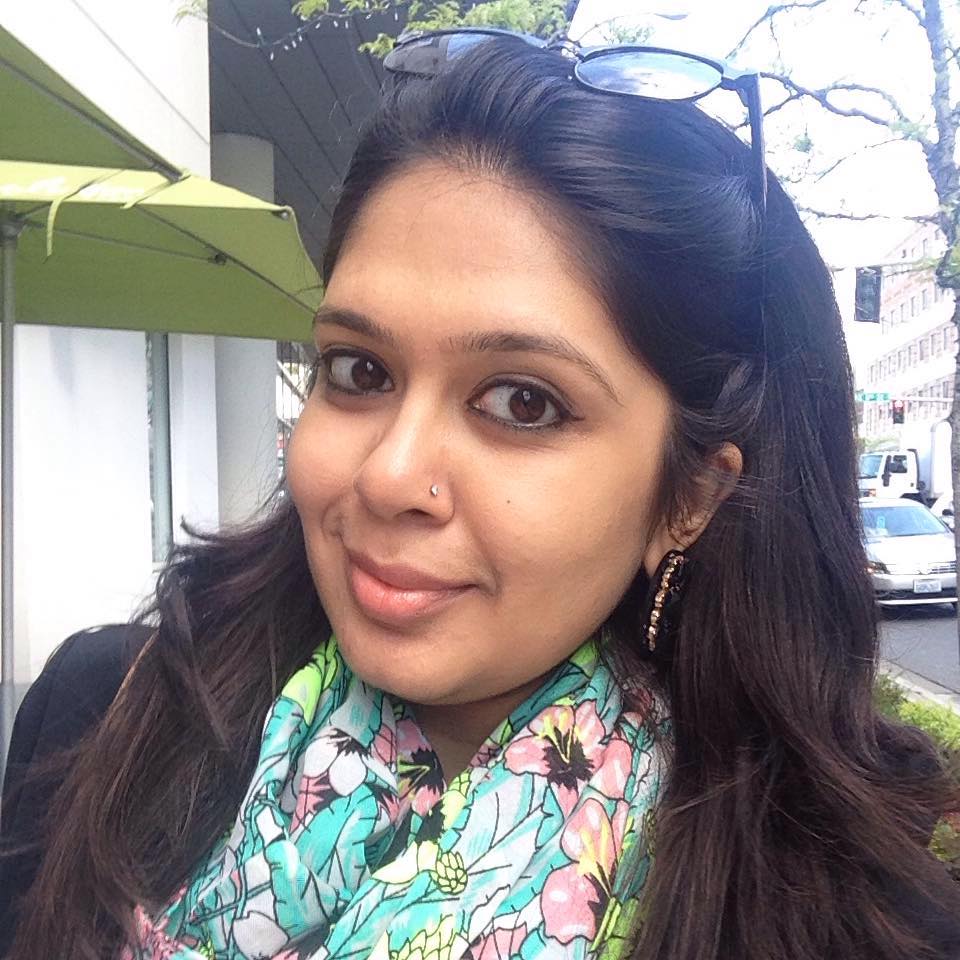If you are one of those people who seek to make the best of a tough situation, then you’ve been definitely given self-learning a try during this time. There are two kinds of self-learners. Gods of self-learning, who make up less than 10 per cent of the world. They actually manage to complete online courses. If you are however amongst the rest of us mortals who lose interest midway without the discipline of schools and educators, this is for you.
With the onset of the pandemic, as a species, we are questioning the sustainability and reach of physical universities and schools on one hand. On the other, saying that “we’re struggling” with learning from online universities is an understatement.
So, assuming we all have access to the internet, how can we self discipline and channel the Ekalavya in us to learn without the constant handholding of a guru?
In my experience, there are three secrets to self-learning. The first one is also the biggest mistake: directly jumping into the figurative pool and aimlessly splashing in it. Instead, strategising before you start can completely change the outcome of your efforts.
So what aspects do you need to strategise on? Self-awareness, creating a structure that helps you power through and using your awareness to constantly motivate yourself. This step-by-step guide will walk you through a super simple combination of all three.
Step 1: Find a Prize
Find something that excites you about what you want to learn and make that your prize. This will basically become your North Star when learning by yourself gets tough. And mind you, it does get tough. For instance, when I wanted to learn how to cook, my prize was making palak paneer. (I didn’t account for how difficult it would be to procure spinach, though. So earth-shattering disappointment awaited me. The coping mechanism in lockdown shall be restricted for another day though.)

Step 2: It’s curious that…
Take a moment and think of what questions you have about the subject. Let your curiosity nudge you forward. Come up with as many questions about the subject. This will come in handy later. For instance, I was utterly curious whenever I read “cook till the oil separates” in a recipe. And it did actually take till Lockdown 3.0 for me to figure out what that meant.
Step 3: Define a benchmark
Now, this step isn’t mine, but Benjamin Franklin’s. His writing was avidly rejected by a publication, and so he went on to teach himself how to write. He searched for and found a magazine that published the kind of work he admired. He then used this as a benchmark for his end product of writing. Through this method, Franklin is known to have written and published 16 letters under the pen name Silence Dogood. What I learned from this anecdote: the most important thing about defining a benchmark in self-learning is allowing it to let it guide you, even more than meeting it.
Step 4: Create a personalised index of items
This step is to help you pause before the storm takes over, and look inwards. Compare your current skill level with the benchmark. Identify what you already know and don’t know. And create an index of all skills that you need to have in order to be a master in the subject you are pursuing. You can strategise some more before you actually start learning, and create an order in which you should learn these skills.
Step 5: Curate resources, find an expert, find a Peer

The second secret to self-learning is that you don’t have to do all of it by yourself. Before you start, find some support systems that can help you through the journey. Resources you can access. Experts who can possibly just spend half an hour a week to guide you. Find someone to accompany you along the way, encourage someone to self-learn with you, so you can check in with them every once in a while, so it won’t be so lonely. The great thing is nearly all online learning institutes already give you access to all three. We only have to habituate ourselves to let this become our support system while self-learning.
Step 6: Start a project, set a feedback loop, power through
After you’ve laid the scaffold for yourself through the above steps to climb up the metaphorical mountain, the next step is to start without much more ado by creating a project. Of course, because you don’t know how to climb, that is to say, you don’t have the relevant skills to create the project with ease, you will fumble a lot in the beginning and even fall a lot. The only safety mechanism you have at this stage so that you can keep on keeping on is to give yourself continuous and constructive feedback. As you give yourself apt feedback while practising, your rate of failure will reduce.
And that is the final secret: being humble and giving yourself feedback is the toughest habit for any human. Our ego is always coming in the way, assuming it’s protecting us from feeling inadequate, or the unknown. But really, when it comes to self-learning it is hindering us.
While you create this project, you will constantly be stopped by your subconscious self. Try to detach from your ego and immerse your mind in the project and its learnings instead. Mindfulness practises are super helpful here as they encourage you to stay in the present.
As you fumble, it will begin to get tough. You need to, at some times, stop being the learner, and put on the hat of the cheerleader, and boost your motivation. If it doesn’t work, and you still feel like giving up, keep your eyes on the prize you set for yourself in step 1. You can also fire the embers of your curiosity more. Don’t let yourself be satisfied until you have answers to the questions in step 2. One of these methods will definitely get you back on track.
Step 7: Complete it and review
On completion of the project, review it as if you aren’t the one who has created it. Use the benchmark you set for yourself in step 3 and identify the gaps. Attachment to your project will inflate your sense of how good it is. Therefore, it is essential in this step that you detach yourself from the project as it’s creator, and review it very objectively. (Mindfulness will come in handy here too. Ekalavya should’ve cut his thumb for his Yoga teacher instead of Dronacharya.) Retrieve your personalised index from step 4, and consider to what level you’ve mastered the skills mentioned in it. And if you haven’t, then start another project.
As you begin your second project, the above steps will need to be taken as per the demands of your learning journey necessary to complete Project 2. They will only be sequential in your first project. You must continue picking projects, keep the eye on the prize like Arjun until you’ve struck everything off your index.
The beauty of any subject though is that it is bottomless. Even after you’ve completed items in your first index, you can still go deeper, create another index. With the access we’re provided through the internet, we can truly exceed human potential. We can learn more, learn anything.


